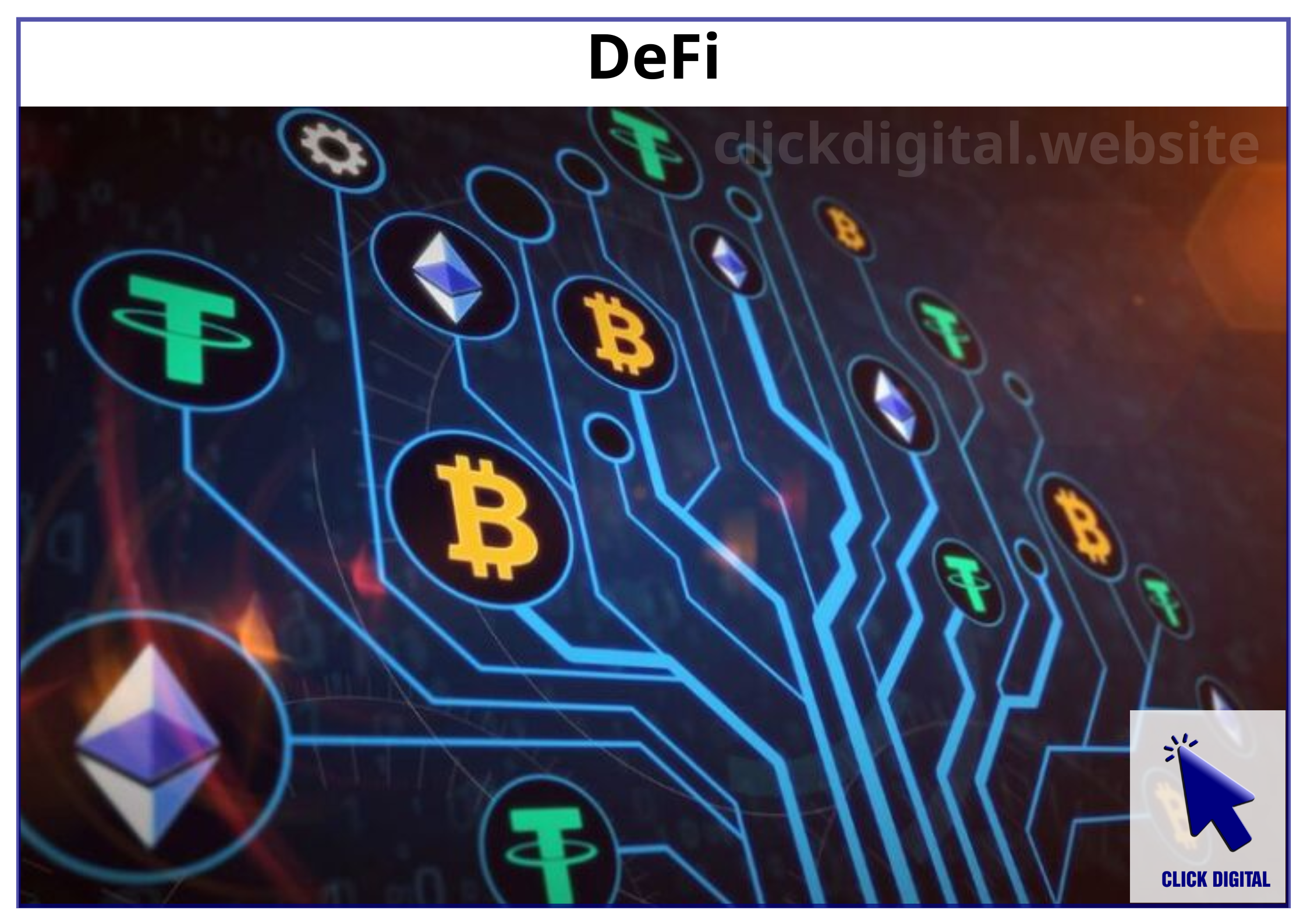Summary:
This article analyzes the effects of price manipulation on derivative products within the decentralized finance (DeFi) sector, focusing on perpetual futures and options. It explores the operational mechanisms of these derivatives, how price manipulation affects them, real-world case studies, and strategies to mitigate associated risks. This information aims to enhance investors’ understanding of potential dangers and protective measures in the DeFi landscape.
Table of Contents
1. Understanding DeFi Derivatives
In the DeFi ecosystem, derivatives like perpetual futures and options serve as essential tools for risk management and investment opportunities.
- Perpetual Futures: These contracts allow traders to maintain long or short positions on an underlying asset without a set expiration date. To align the contract price with the asset’s market value, a funding rate mechanism is employed, where periodic payments occur between buyers and sellers based on price discrepancies.
- Options: These are contracts granting the buyer the right, but not the obligation, to buy or sell an underlying asset at a predetermined price before or on a specific date. An option’s value is influenced by factors such as the asset’s current price, volatility, and time to expiration.
2. How Price Manipulation Affects DeFi Derivatives
Price manipulation involves deliberate actions by individuals or entities to distort the market price of an asset for personal gain. In DeFi, this often targets price oracles—services feeding price data to smart contracts. Manipulated prices can lead to several detrimental outcomes for derivative products:
- Unjust Liquidations: Artificially altered prices can trigger liquidation of traders’ positions, causing significant financial losses.
- Distorted Funding Rates: In perpetual futures, skewed prices can lead to unfair funding rates, disadvantaging certain market participants.
- Increased Volatility: Manipulated prices can introduce erratic price movements, elevating risks for investors and undermining market stability.
3. Real-World Example: The Mango Markets Exploit
A notable instance of price manipulation in DeFi occurred in October 2022 with Mango Markets, a Solana-based trading platform. The attacker manipulated the price of Mango’s native token, MNGO, inflating its value to use as collateral for borrowing other assets, resulting in a loss of approximately $100 million. This incident underscores the vulnerabilities within DeFi platforms to price manipulation tactics.
4. Strategies to Mitigate Price Manipulation Risks
To safeguard DeFi derivatives from the adverse effects of price manipulation, several measures can be implemented:
- Utilize Reliable Price Oracles: Integrating decentralized and multi-source oracles reduces the risk of single-point failures and manipulation.
- Enhance Liquidity: Encouraging liquidity provision in trading pairs helps stabilize prices, making manipulation more difficult.
- Monitor Unusual Trading Activities: Implementing surveillance systems to detect and respond to suspicious trading patterns promptly can prevent potential manipulative actions.
- Conduct Regular Security Audits: Performing frequent security assessments of smart contracts helps identify and address vulnerabilities susceptible to exploitation.
5. Conclusion
Price manipulation poses significant challenges to the integrity and stability of DeFi derivatives markets. Understanding the operational mechanisms of these products, recognizing the risks involved, and adopting proactive protective measures are essential steps for investors and platform developers. By doing so, the DeFi ecosystem can work towards a more secure and trustworthy financial environment.

